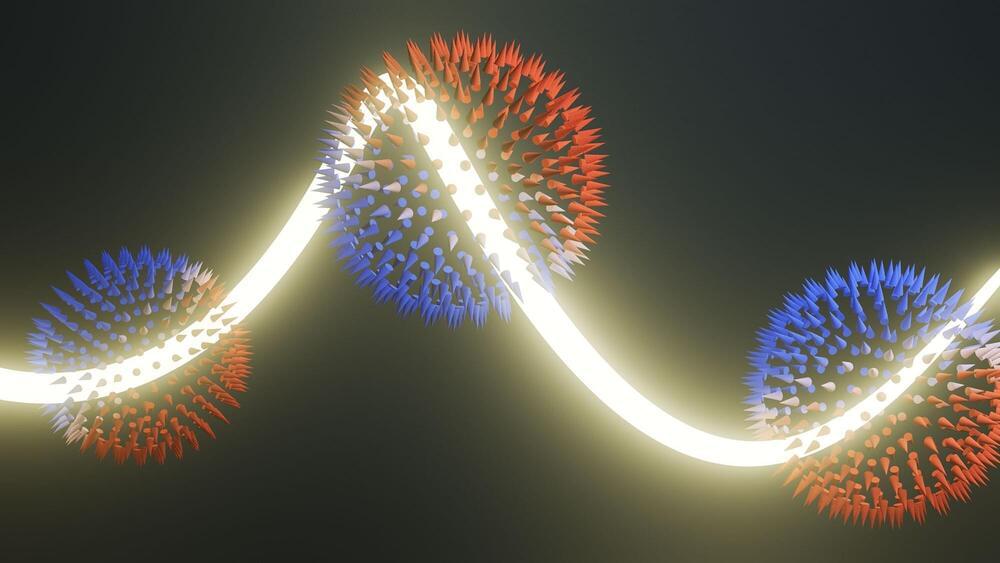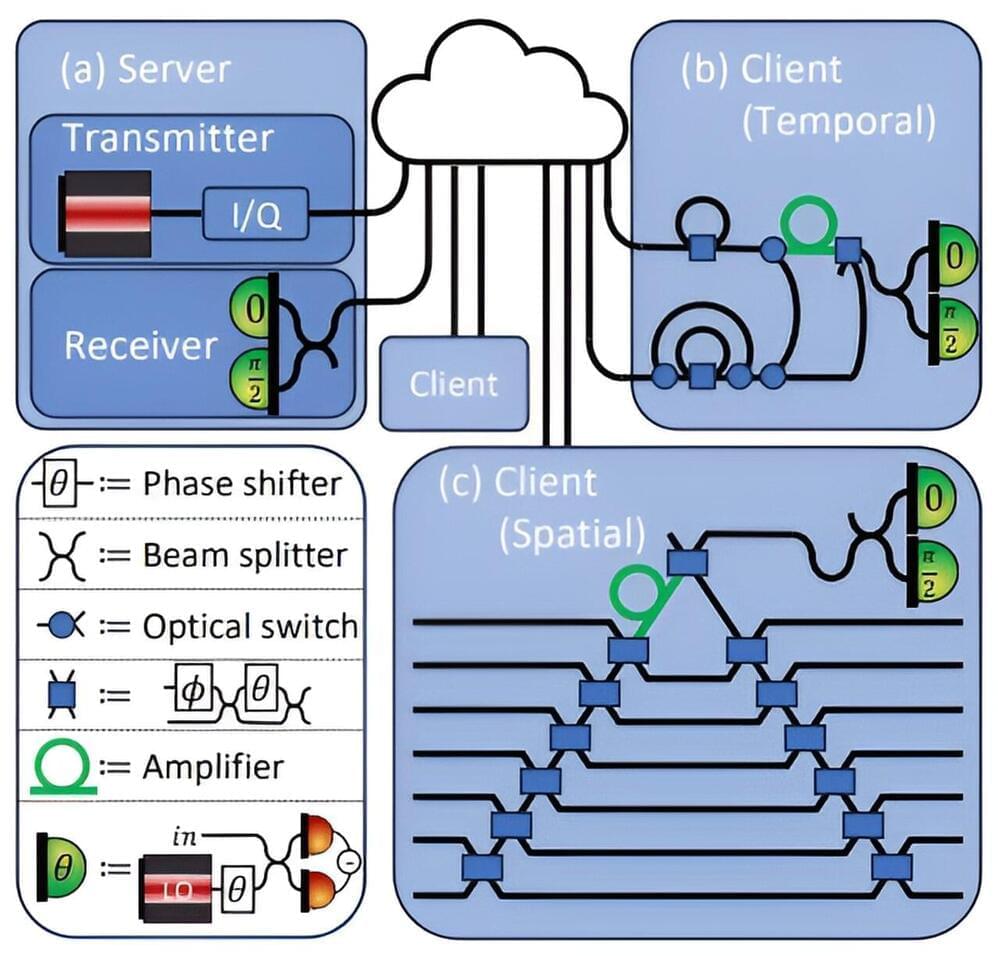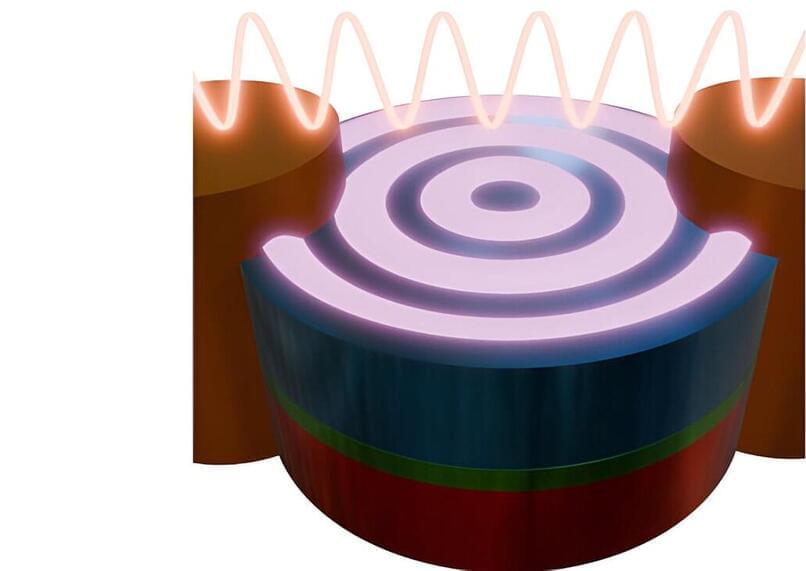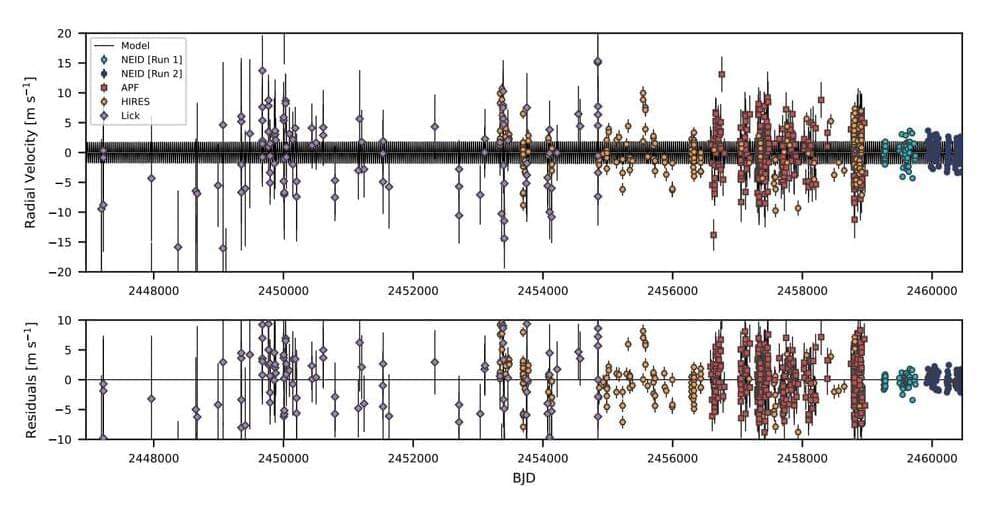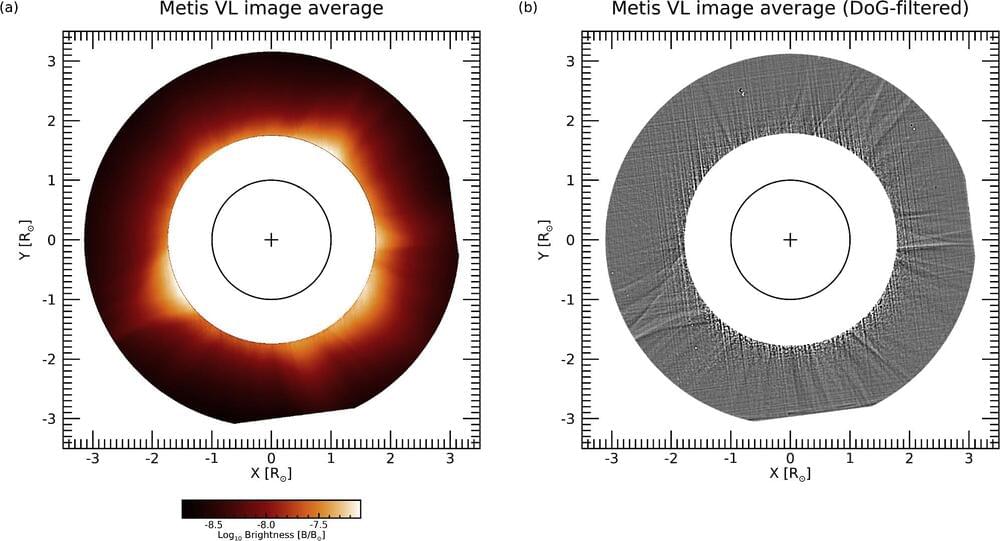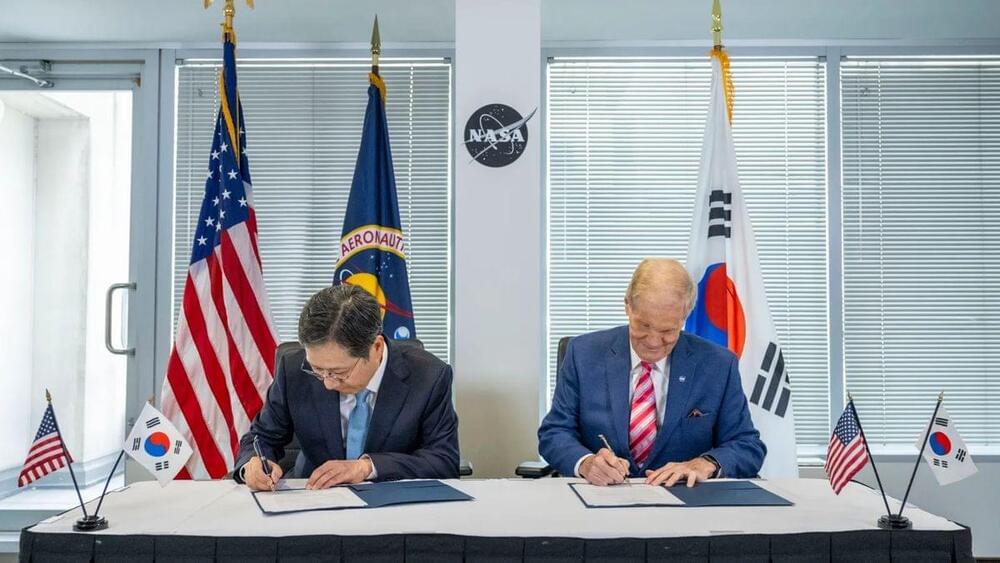In May 2024, a geomagnetic storm hit Earth, sending auroras across the planet’s skies in a once-in-a-generation light display. These dazzling sights are possible because of the interaction of coronal mass ejections – explosions of plasma and magnetic field from the Sun – with Earth’s magnetic field, which protects us from the radiation the Sun spits out during turbulent storms.
But what might happen to humans beyond the safety of Earth’s protection? This question is essential as NASA plans to send humans to the Moon and on to Mars. During the May storm, the small spacecraft BioSentinel was collecting data to learn more about the impacts of radiation in deep space.
“We wanted to take advantage of the unique stage of the solar cycle we’re in – the solar maximum, when the Sun is at its most active – so that we can continue to monitor the space radiation environment,” said Sergio Santa Maria, principal investigator for BioSentinel’s spaceflight mission at NASA’s Ames Research Center in California’s Silicon Valley. “These data are relevant not just to the heliophysics community but also to understand the radiation environment for future crewed missions into deep space.”
